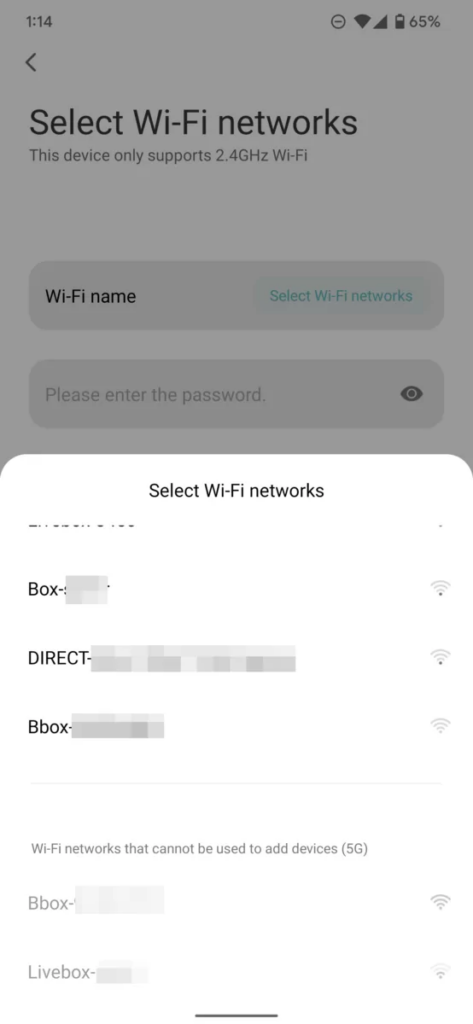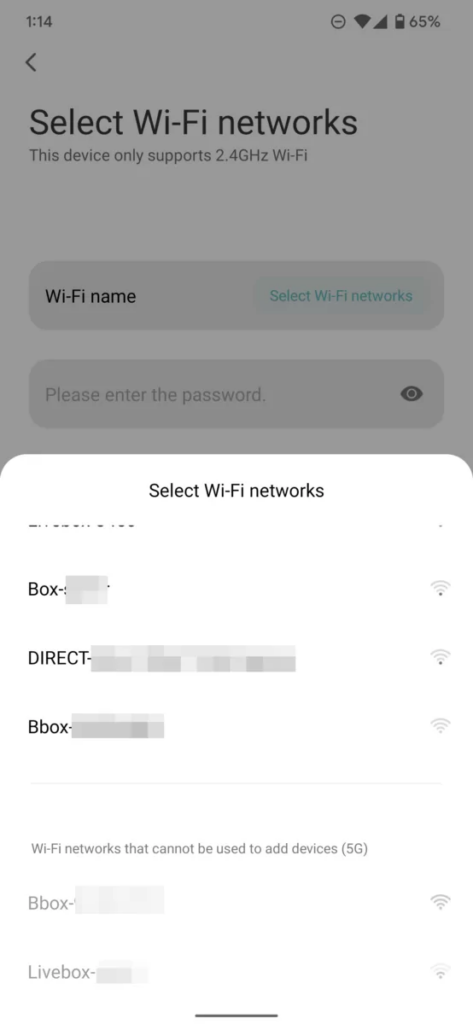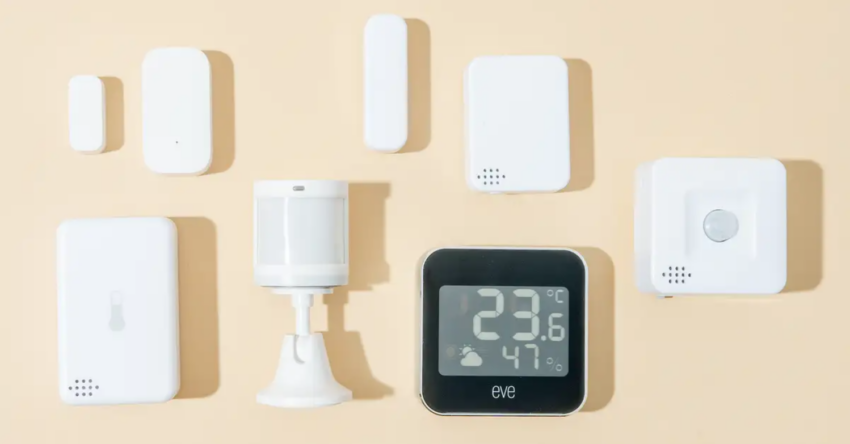Installing a smart home gadget may have led to this: You’ve installed its companion app, created an account, plugged in the gadget, and you’re set to go until you notice it won’t connect to your Wi-Fi. What’s up? You restart the app, phone, router, and other methods without success. The app won’t connect to your network. Developers may provide an error message or not: 2.4GHz WiFi.
I first experienced this while putting up the $1400 Roborock S7 MaxV Ultra. Despite its high price, this robot vacuum had a poor Wi-Fi chip, leaving me wondering if it would operate on my dual-band router or if I had to return it. (Spoiler: it works, but I’ll discuss solutions later.)
Later, the Xiaomi Smart Standing Fan 2 and 360 Smart Security Camera, Nanoleaf Canvas smart light panels, and Sensibo Elements air monitor had the same issue. To connect them, I had to repeat the workaround while grumbling. When I upgraded my home network and switched access points, I had to do it again. When I switched to 2.4GHz, the air monitor reset appropriately. Grumbling increased.
I can see a $40 camera using lesser technology, but anything above $100 and newer than 2015 should have dual-band Wi-Fi by default. Otherwise is stingy. I expect compromises on a cheap camera but not on a high-end robot vacuum or air quality monitor.

Thus, this is a problem. I wrote a brief guide to explain the 2.4GHz issue on smart home devices and how to avoid it before building your smart home or fix it if you do.
Why smart home devices only support 2.4GHz Wi-Fi
2.4GHz is older and more popular than 5GHz. Smart home device producers can cut their bill of materials by using cheaper chips that only support it (no 5GHz, no dual-band). Some smart home devices support 2.4GHz Wi-Fi for business reasons.
2.4GHz is also more usable. It can penetrate walls and ceilings and has a longer range, which smart homes need. The 2.4GHz band is ideal for outdoor security cameras, upstairs lighting, and robot vacuums that need a strong signal.


2.4GHz Wi-Fi has a lower bandwidth than 5GHz, but smart home devices don’t need a constant high-speed connection. Most of them send on/off and other simple commands, thus they need consistent, low-bandwidth network access across a larger space.

Why is home 2.4GHz-only support problematic?
2.4GHz sounds fantastic for smart home goods, but it hinders current routers. Many standalone and mesh systems are dual-band. They support 2.4GHz, 5GHz, Wi-Fi 6E, and 6GHz.
Our phones prefer 5GHz Wi-Fi because it’s faster. The difficulty is that if a smart home gadget can only connect to 2.4GHz Wi-Fi, its app during setup will only see the 5GHz band your phone is connected to, declare it incompatible, and refuse to connect. Roborock and Xiaomi grey out 5GHz networks during setup and won’t let me connect, even though one is a dual-band network and supports 2.4GHz.

People complain about this issue on smart lights, security cameras, robot vacuums, and solar panels online. When your network won’t let you split the 2.4GHz and 5GHz bands, you can’t complete the app’s setup. Imagine spending hundreds or thousands of dollars on a gadget that uses an outdated chip and can’t identify your network.

Avoiding this issue?
Answer: easy. Before buying a smart home product, check its specs and Wi-Fi. Not all manufacturers include these, so more Googling or support materials may help. 802.11 b/g/n 2.4GHz products won’t connect to dual-band networks. If you can fix it, buy and use it.
If the product supports 802.11 ac or ax, 2.4GHz and 5GHz, or dual-band Wi-Fi, it should function with both networks.
2.4GHz smart home items on a dual-band network.
There are ways to get your smart home device on the 2.4GHz band without this setup issue. Some are fiddly, unreliable, or impossible.
Walk farther.
Your phone may switch to 2.4GHz if you move a few rooms away from your router. If you start setup then, your smart home device’s app may not detect a network issue. This may not work if your phone holds onto the 5GHz connection until it’s out of range.
Separate your router’s bands.
Your router may allow force-splitting the two bands into independent Wi-Fi networks. I must disable Smart Connect on my Synology WRX-560 to achieve standalone 2.4GHz and 5GHz networks. Try “separate,” “split,” or “decouple” on other routers. Google or support documents will help you. Eero lets you temporarily disable the 5GHz frequency instead of separating the bands.
One trick to remember. I gave the 2.4GHz network the same SSID and password as the dual-band network since I want the separation to be temporary. Separating the networks lets all my devices, including my phone, connect to the 2.4GHz spectrum and set up my new smart home device without any errors. When I combine the networks again, all my gadgets rejoin to the router, choosing their preferred band, including the new 2.4GHz-only smart home gadget. Everything resumes. The Sensibo Elements and Roborock S7 MaxV are on my network, however they use the 2.4GHz spectrum.
This router setup is the most reliable. Though it may take some digging to find it, it doesn’t require luck or complicated processes.
2.4GHz guest network… or innovate
If your router won’t let you separate the two networks, which can happen on certain low-end ISP routers but also on some good third-party routers as Google Nest Wifi and Nest Wifi Pro, you have to start coloring outside the lines.
Some multi-band routers have 2.4GHz-only guest networks. Create one for setup. Your new smart home device will exist on a separate network, but that’s okay.
Because some phone hotspots are 2.4GHz-only, another phone can act as a middleman. Set up the hotspot with the same SSID name and password as your main network, connect your phone to it, set up your new smart home device, and then disable it.
If that fails, you can use an old, single-band, 2.4GHz-only router to temporarily connect your new smart home device to the same network SSID and password. Otherwise, return the product to avoid the hassle.
It’s disappointing that some smart home devices still don’t support 5GHz Wi-Fi in 2023. There are numerous other concerns with smart home gadgets, but not being able to connect them to your network due to a stingy product decision is the largest.

